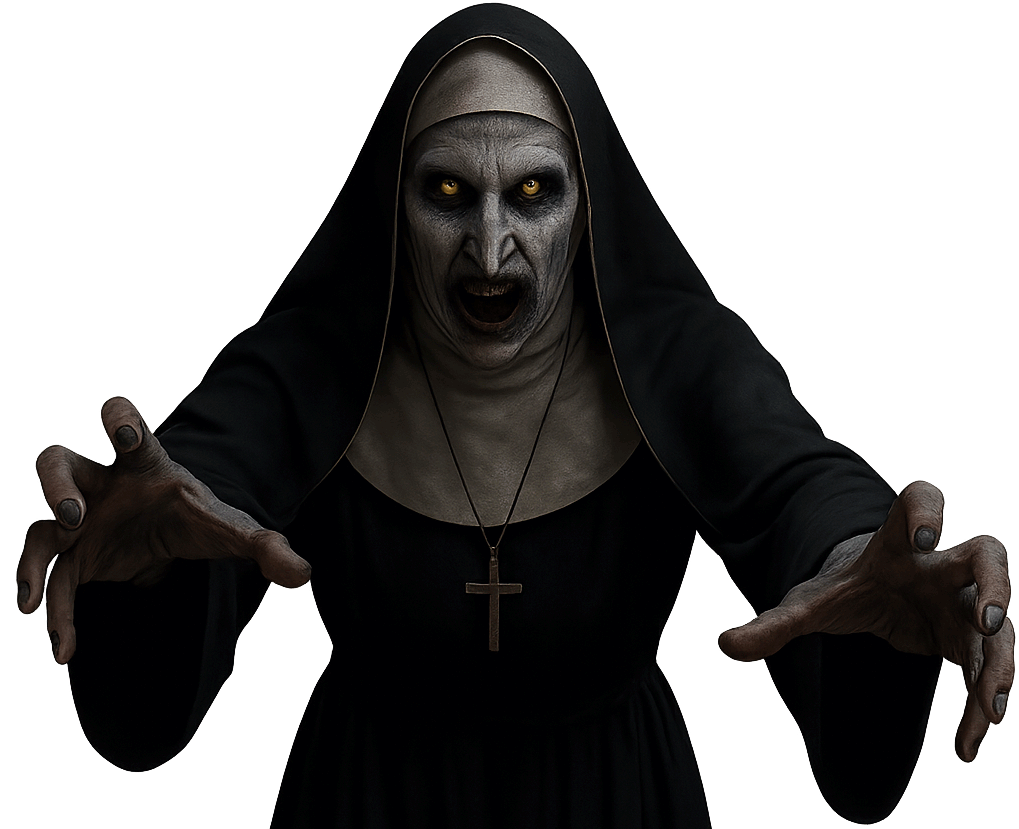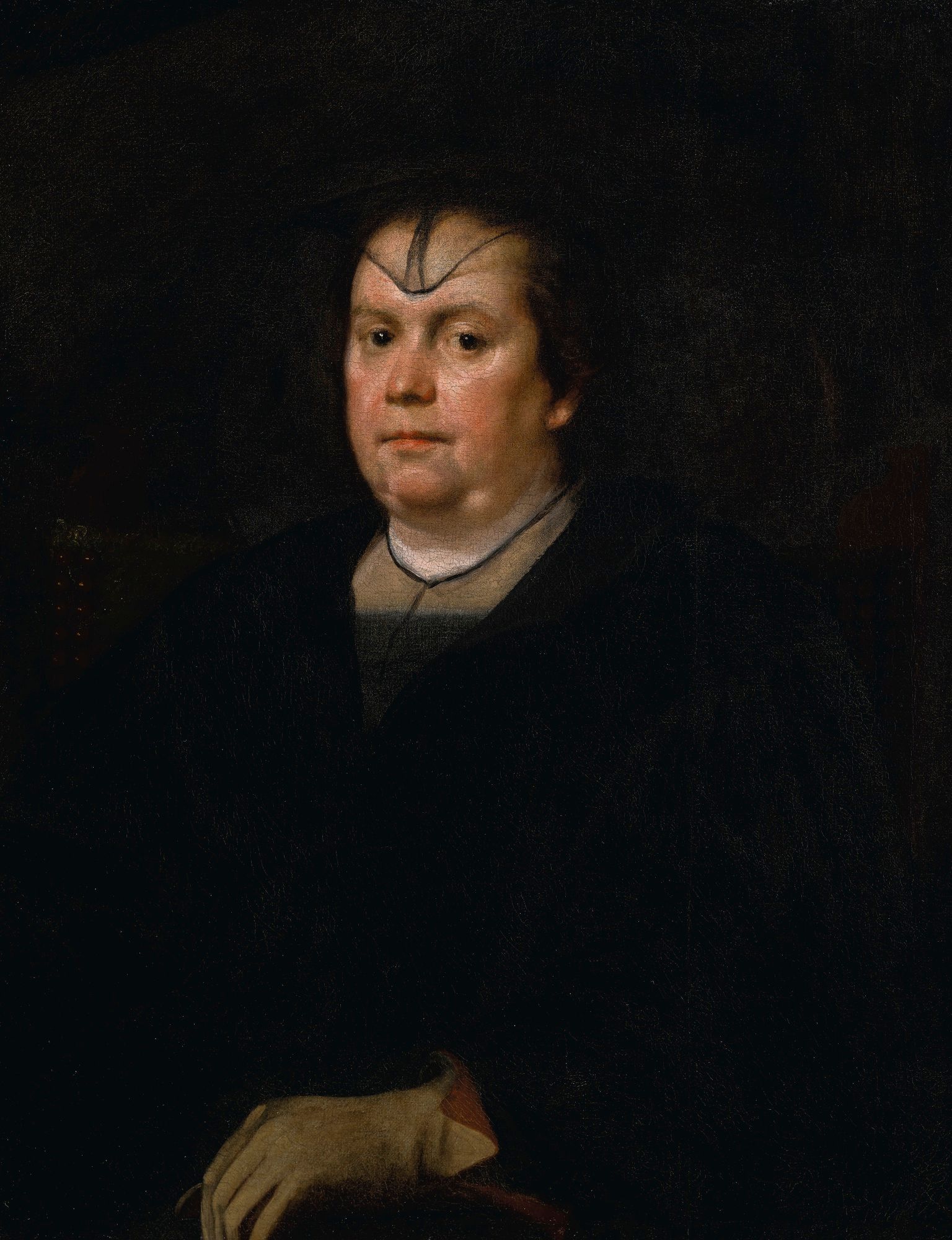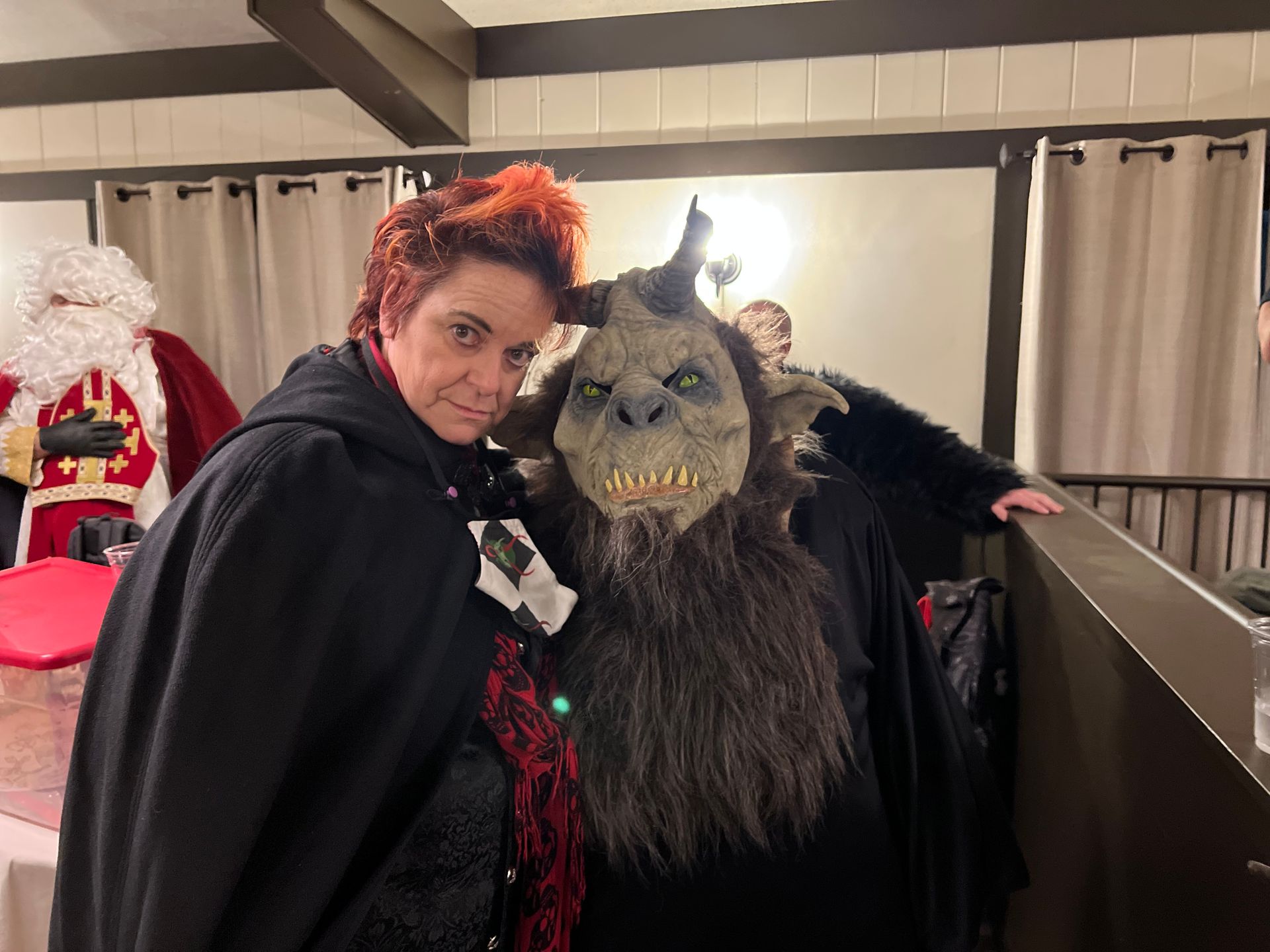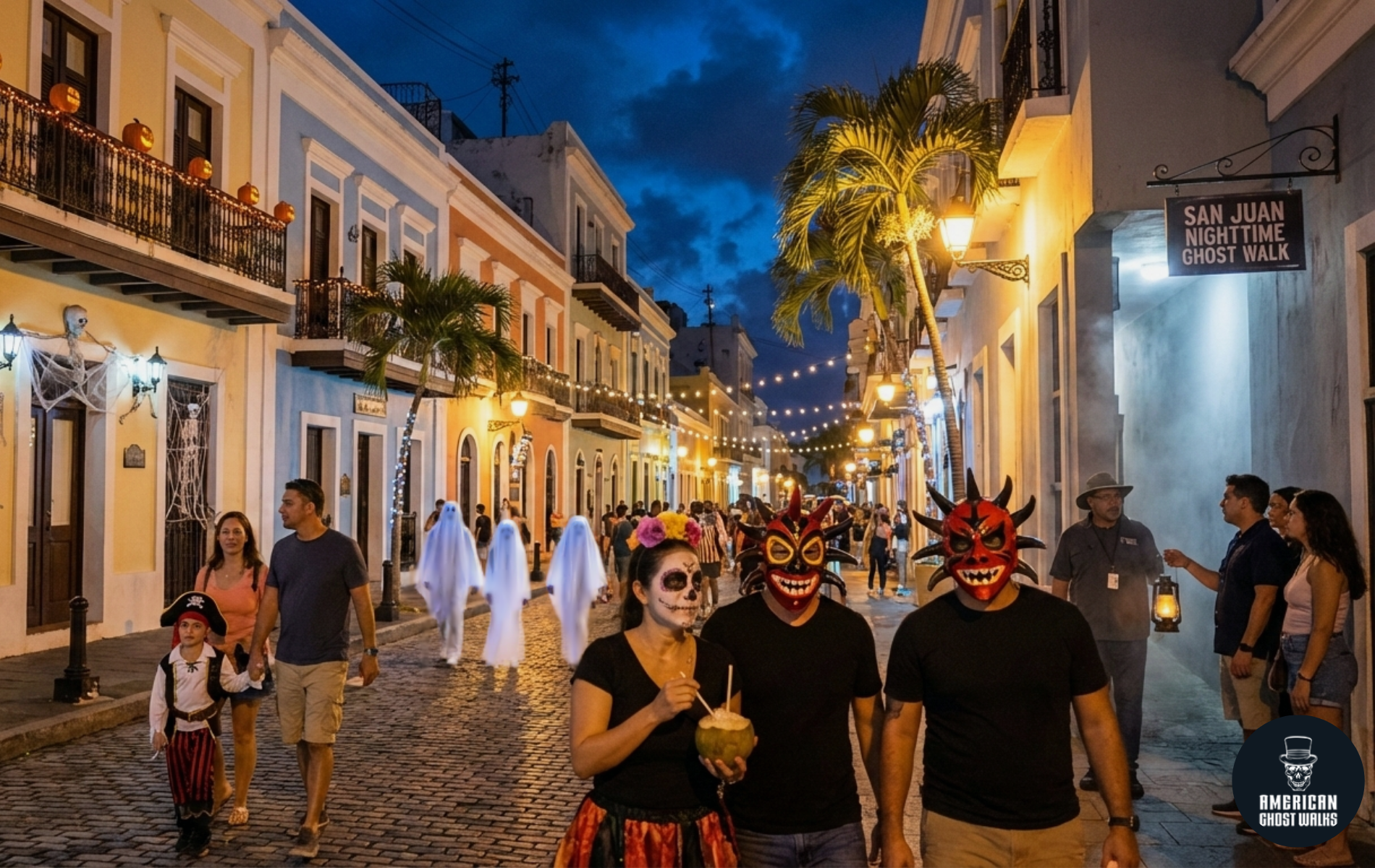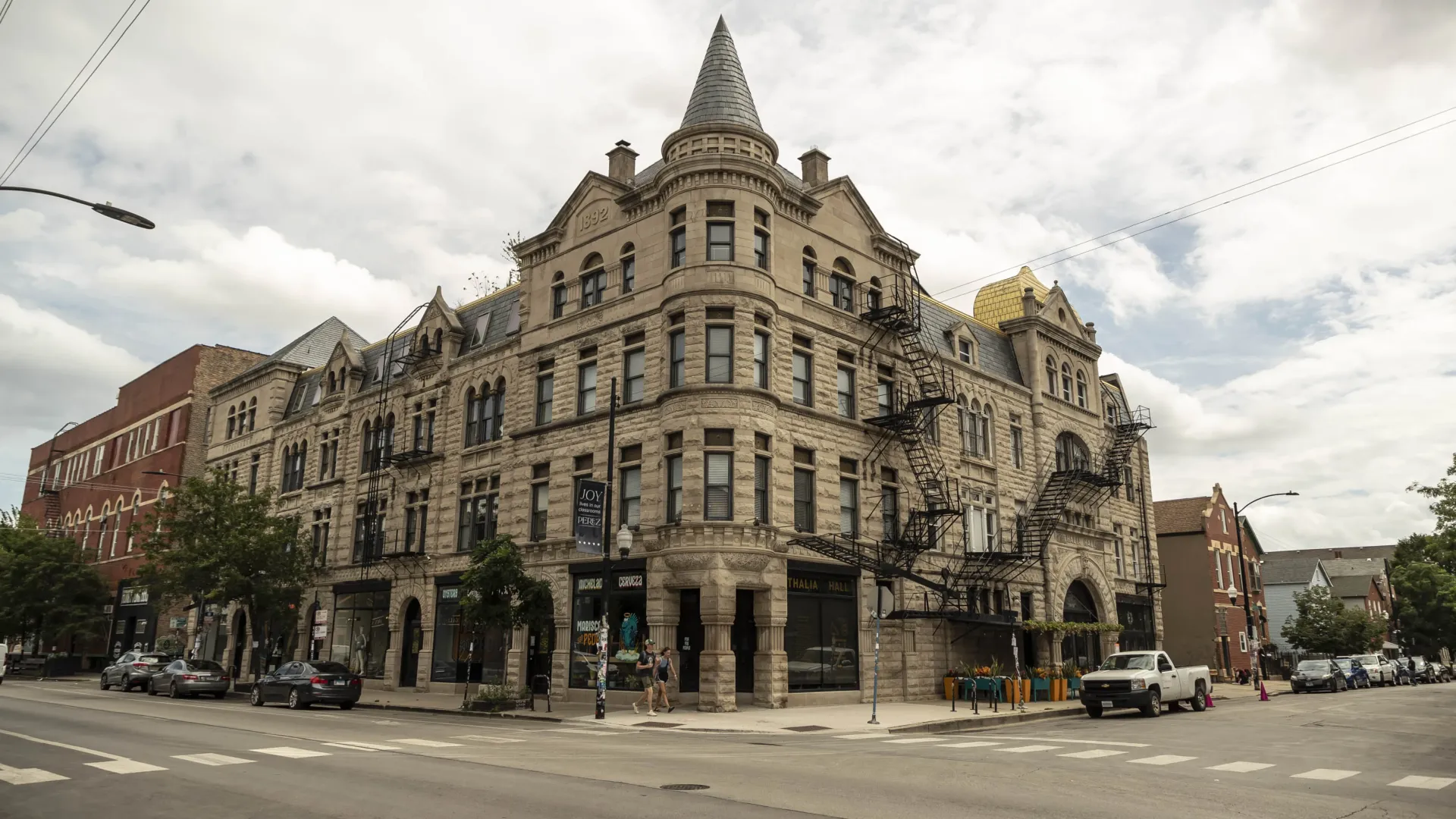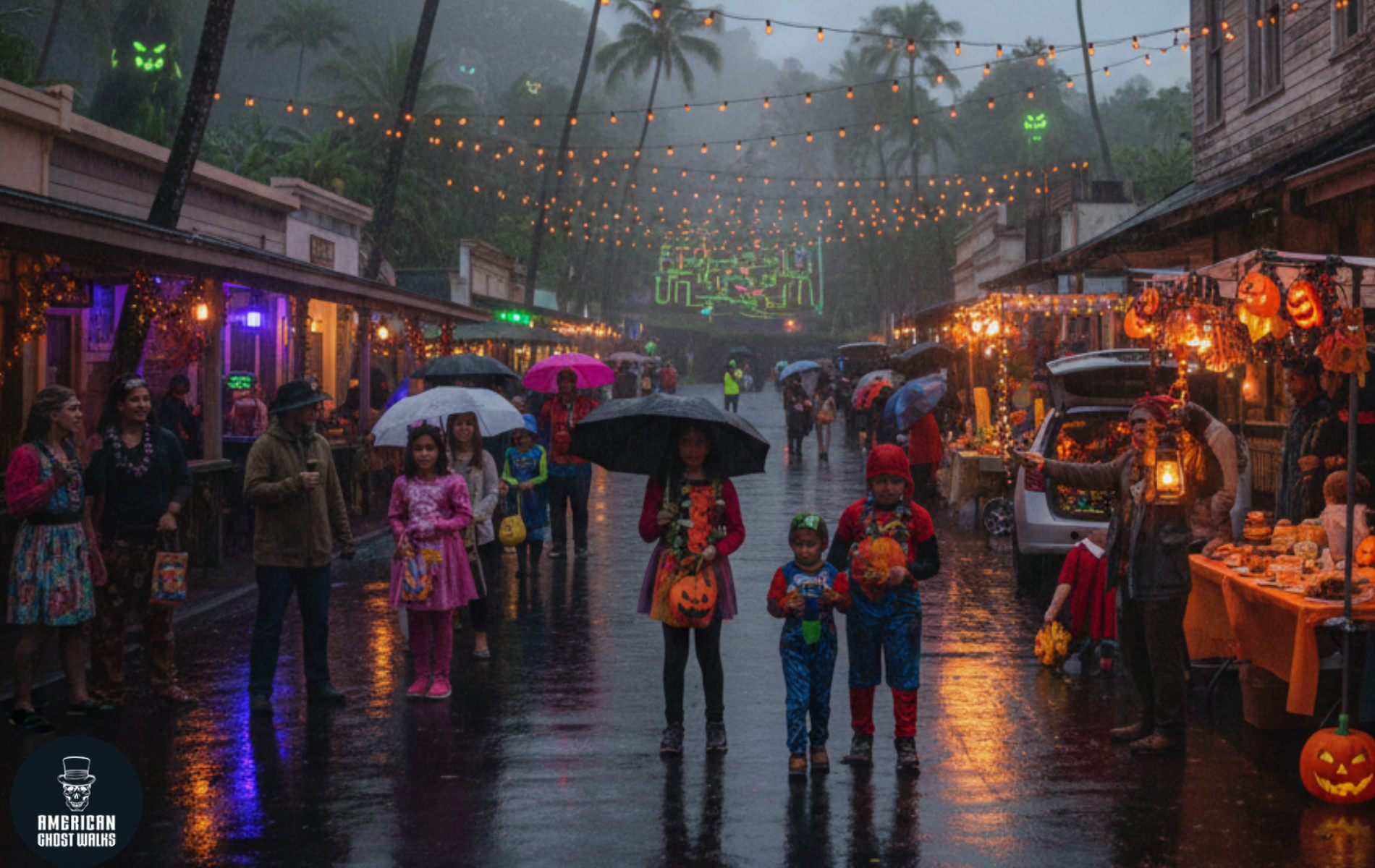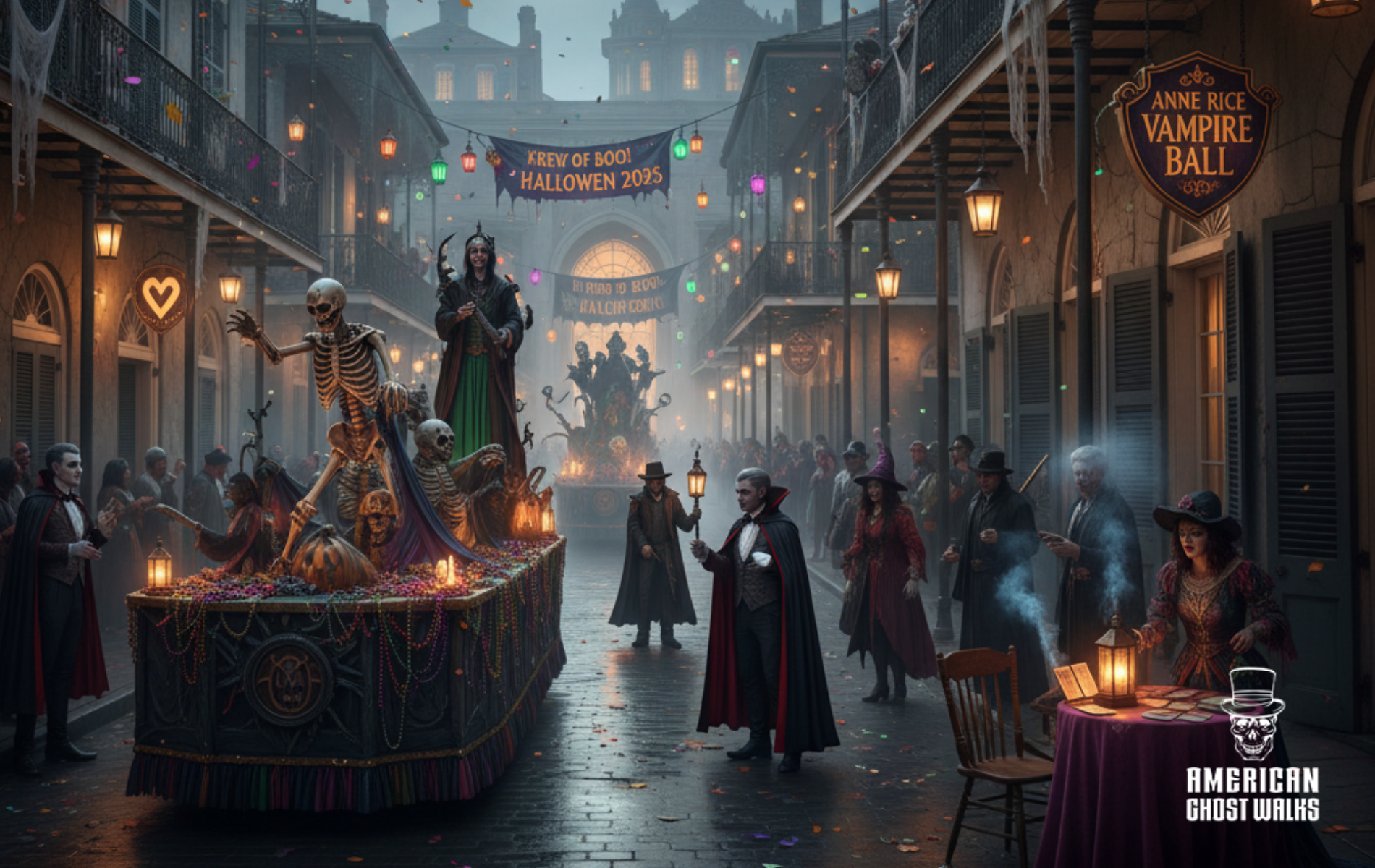The Conjuring 2: Real or Fake?
The Devil is in the Details (That Hollywood Ignored)
So, you’ve buckled up for “The Conjuring 2,” a harrowing cinematic thrill ride that proudly proclaims it’s based on a “true story.” You’ve watched Ed and Lorraine Warren, paranormal paragons of virtue, battle a malevolent demonic nun for the very soul of a sweet English family. It’s terrifying. It’s epic. But is it historically accurate?
Grab your tea and biscuits, because we’re about to take a deep dive into the real story of the Enfield Poltergeist, the case that inspired the film. And let’s just say, the truth is a lot messier, a bit sadder, and frankly, far more interesting than the Hollywood horror flick would have you believe. The real horror here isn’t a ghost, but the story Hollywood tried to sell you.
Meet the Real Ghostbusters of Enfield
Before we get to the self-proclaimed demonologists, let’s talk about the actual lead investigators of the Enfield case. Forget the dramatic, crucifix-wielding Warrens for a moment. The real work was done by Maurice Grosse and Guy Lyon Playfair, two investigators from the Society for Psychical Research (SPR).
Grosse was an inventor, not a ghost hunter, who became interested in the paranormal after the tragic death of his own daughter, also named Janet. He was a man driven by grief and a desperate hope for answers. Playfair, on the other hand, was a seasoned researcher, though one with a soft spot for sensational figures like spoon-bender Uri Geller. He was initially skeptical of the Enfield case, a fact the movie conveniently omits.
These two men spent nearly two years at the Hodgson house, meticulously documenting the strange occurrences. They weren’t there for a quick exorcism and a movie deal; they were there to investigate, and what they found was far from a simple haunting.
The "Haunting" on Green Street
The story begins in 1977 at 284 Green Street, a council house in Enfield, London. Peggy Hodgson, a single mother, called the police after her two daughters, Janet (11) and Margaret (13), complained of knocking sounds and furniture moving on its own. A police constable even witnessed a chair slide across the floor, though she couldn't explain how.
Over the next 18 months, the claims escalated. There were marbles and Lego bricks flying through the air, drawers being pulled from dressers, and even the girls allegedly levitating. And then there was the voice – a gruff, gravelly voice that claimed to be “Bill Wilkins,” a man who had supposedly died in the house.
There are few things more terrifying than teenage girls
Levitation, household objects flying around, and possession sounds scary, right? But here’s the kicker: the girls were caught faking things. A lot.
Janet and Margaret later admitted to interviewers that they’d faked “about two percent” of the phenomena to see if the investigators would notice. They were caught on video bending spoons and hiding tape recorders. Even Playfair, who believed the haunting was genuine, admitted the girls were “little devils” who loved to play tricks. The famous photo of Janet levitating looks suspiciously like a girl bouncing on her bed. A ventriloquist who listened to the “Bill Wilkins,” voice concluded it was nothing more than a vocal trick.
So, was it all a hoax? The product of two bored, attention-seeking girls? It’s not that simple. Many of the phenomena couldn’t be easily explained away. But the fact that so much of it was faked throws a rather large wrench in the demonic possession narrative.
The Warrens: A Real-Life Cameo Turns into a Starring Role
So, where do Ed and Lorraine Warren fit into all of this? In the movie, they’re the heroes, the main investigators sent by the church to save the day. In reality? Their involvement was minimal at best.
The Warrens showed up at Enfield, uninvited, for a single day. They weren’t the investigators. They hindered the case. In other words, they didn’t help. Instead were just a pain in the butt. In fact, Playfair later accused them of trying to hijack the case for their own gain. This was a common criticism of the Warrens, who had a reputation for turning hauntings into demonic possessions and then cashing in on the book and movie rights.
Let’s not forget their most famous case, the Amityville Horror, was thoroughly debunked as a hoax, created by the homeowners and their lawyer and then amplified by Ed and Lorraine. The Warrens’ brand of paranormal investigation was all about sensationalism, and Enfield was just another potential opportunity for fortune and fame.
Who Haunted the Conjuring House 2? The Curious Case of Valak
This brings us back to “The Conjuring 2.” The film takes the messy, ambiguous story of the Enfield Poltergeist and turns it into a black-and-white battle between good and evil. And speaking of black-and-white, the knocking sounds and flying toys are replaced by a monstrous demonic nun named Valak in her traditional monochrome habit. Valak is a complete Hollywood fabrication and has absolutely no connection to the original case. The complex, sometimes frustrating investigation by Grosse and Playfair is erased and replaced by a dramatic, action-packed exorcism led by the Warrens.
The movie is a fun-house mirror version of the real story, exaggerating the scares, simplifying the characters, and fabricating entire plot-lines. The real horror of Enfield wasn't a demon; it was a family in distress, a media circus, and a debate about what was real and what was a cry for help.
The Verdict: A Haunting of a Different Kind
So, was the Enfield Poltergeist real? The truth is, we’ll probably never know for sure. It was a complex and confusing case, a tangled mess of genuine strangeness, childhood pranks, and wishful thinking.
But one thing is certain: the story you saw in “The Conjuring 2” is a fantasy. It’s a well-crafted horror movie, but it’s not the truth. The real story is far more fascinating, a human drama about belief, doubt, and the gray areas in between. And that, in its own way, is a much more compelling story than any Hollywood demon could ever be.
FAQ: Is the Conjuring 2's House on Green Street Still Haunted?
No, poltergeist hauntings are generally short-lived. Some last only a few days. Where as typical cases last a few weeks to a few months. True poltergeists haunt and follow a certain person in the family, usually a girl going through puberty not a particular house.
FAQ: Where can I read Guy Lyon Playfair's book about the case?
This House is Haunted by Guy Lyon Playfair can be read for free on archive.org.
FAQ: Did Ed and Lorraine Warren Help or Hype?
Ed and Lorraine Warren did not investigate the Enfield Poltergeist. They showed up one day uninvited and were quickly shown the door by investigators Guy Lyon Playfair and Maurice Grosse. The were Warrens savvy self‑promoters, but they were not accepted across the pond.
FAQ: Were Ed and Lorraine Warren fakes or frauds?
Critics label some
Warren cases “hoaxes,” but supporters argue the pair documented genuine phenomena. No court ever convicted them of fraud.
FAQ: What is the real story of "The Conjuring 2"?
Stripped of embellishment, the real story of “The Conjuring 2” was a classic poltergeist case.
Only interested in true ghost stories?
Us too! We only believe in real ghost stories. And real spooky fun! If you want the real deal, and think you can handle the truth, get in touch.
Join us on one of our ghost tours across the U.S. or share your true story with
allison@americanghostwalks.com.
Thanks for reading!
Discover why people love our ghost tours by visiting our Google Business Profile Reviews to learn about the experiences shared by our customers.

